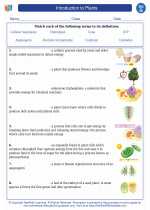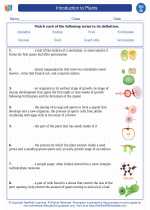Generators
Generators are devices that convert mechanical energy into electrical energy. This process is based on the principle of electromagnetic induction, discovered by Michael Faraday in 1831. Generators are widely used in various applications including power plants, automobiles, and portable electronic devices.
How Generators Work
Generators work on the principle of electromagnetic induction. When a coil of wire is rotated within a magnetic field, an electric current is induced in the wire. This current can be harnessed as electrical energy. Generators consist of a rotor (the rotating part) and a stator (the stationary part). The rotor is connected to an external mechanical energy source, which causes it to rotate within the magnetic field produced by the stator.
Types of Generators
Generators can be classified into two main types: AC generators and DC generators. AC generators produce alternating current, while DC generators produce direct current. AC generators are more commonly used in power generation and distribution, while DC generators are used in specific applications such as charging batteries.
Study Guide
- Describe the principle of electromagnetic induction and how it is utilized in generators.
- Explain the components of a generator and their functions.
- Discuss the differences between AC and DC generators, and provide examples of their applications.
- Investigate the factors that affect the efficiency of a generator, including the design, materials, and speed of rotation.
- Research the role of generators in renewable energy systems, such as wind turbines and hydroelectric power plants.
◂Biology Worksheets and Study Guides High School. Introduction to plants

 Worksheet/Answer key
Worksheet/Answer key
 Worksheet/Answer key
Worksheet/Answer key
 Vocabulary/Answer key
Vocabulary/Answer key
 Vocabulary/Answer key
Vocabulary/Answer key
 Vocabulary/Answer key
Vocabulary/Answer key
 Vocabulary/Answer key
Vocabulary/Answer key
 Vocabulary/Answer key
Vocabulary/Answer key
